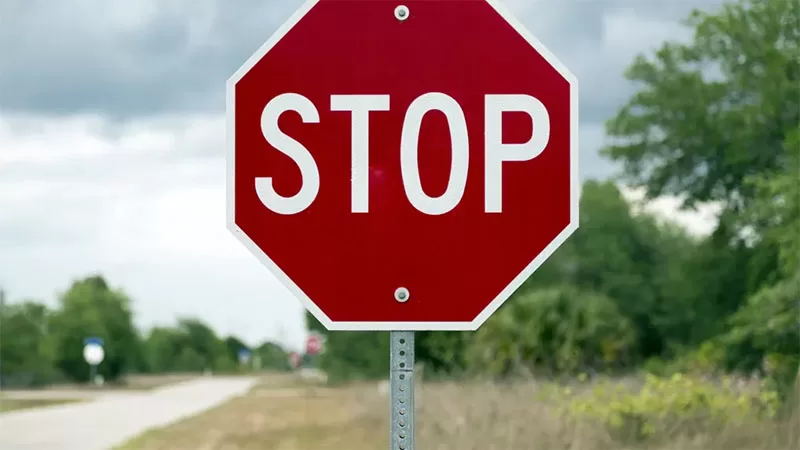It’s important not to overlook the importance of stop signs in urban planning. Seemingly simple, yes, but they are essential tools for regulating traffic flow and ensuring pedestrian safety. When strategically placed, stop signs control vehicle movement, prevent accidents, and facilitate safe crossing points for pedestrians.
The following guide details the importance of stop signs in urban planning, along with how they contribute to protecting those on foot while balancing traffic flow.
The Role of Stop Signs in Traffic Flow
Stop signs play an integral role in traffic management. This is particularly the case in urban areas where traffic from both vehicles and pedestrians is dense. Stop signs help to control intersections, where drivers know it’s time to come to a complete halt and yield to other vehicles and pedestrians.
The result of this controlled stopping: collisions are prevented, and the orderly movement of traffic is better managed.
In urban environments, where roads often intersect at various angles and there’s high volumes of traffic, stop signs are, pardon the pun, the only thing stopping potential chaos. They are also useful in any residential neighborhoods, school zones, and areas with significant pedestrian activity.
By enforcing mandatory stops, these signs assist with promoting driver awareness and reducing the likelihood of accidents.
Enhanced Pedestrian Safety
Pedestrian safety is, understandably, a primary concern in urban planning. Stop signs are a significant contributor to generating safer crossing points. When placed in appropriate places, these signs ensure vehicles slow down and stop – giving pedestrians safe routes for crossing streets.
This is imperative near schools, parks, shopping centers, and other areas known for high foot traffic.
Urban planners must carefully analyze traffic patterns and pedestrian behavior to determine the most effective locations for stop signs. Traffic flow, speed limits, accident history – all of this must be studied. When done correctly, you’ll find the sweet spot for implementing stop signs in the right places for optimal pedestrian safety.
Purchase the Right Stop Signs
Never simply buy the first stop signs you come across. Select those that are appropriate for your traffic control and safety needs. Oh, and do this while factoring in key aspects like quality, durability, and visibility.
When looking to purchase stop signs, a wide range of options can be found at seton.co.uk. This includes customizable options that allow you to meet specific requirements and unique traffic situations. Before you make a purchase, think about the size, height, and placement of your signs.
Moreover, don’t forget about proper installation. Signs must be placed at appropriate heights and angles to catch the attention of oncoming traffic.
The Balance Between Efficiency and Safety
Efficient flow of traffic. Pedestrian safety. Urban planners face a big challenge: getting the balance of these aspects right. On one side, the overuse of stop signs can cause unnecessary delays and driver frustration. Yet on the other side, the underuse of stop signs could compromise safety levels.
Ultimately, a careful balance must be struck. The likes of other traffic-calming measures – think speed bumps and traffic lights – can complement the use of stop signs. Most importantly, however, is the need to carefully utilize stop signs in areas where they’ll have the biggest impact.


